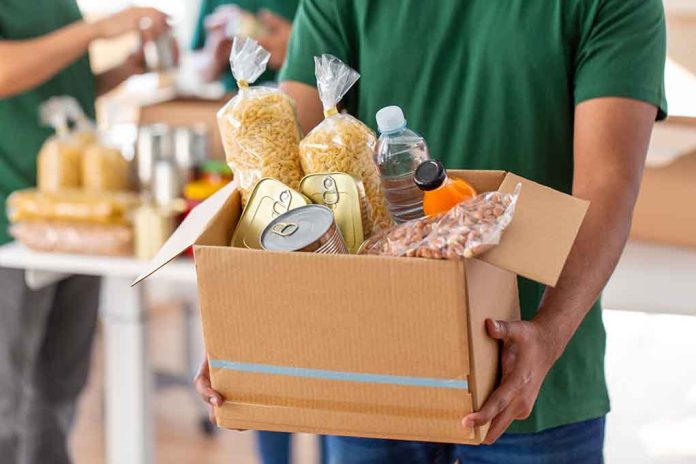
5 Food Assistance Programs You NEED To Check Out
(UnitedVoice.com) – If you are having trouble feeding yourself or your family in the United States, there is hope in the form of food assistance programs. Food assistance programs provide food to families in need, and by using one or more of these resources you can put food on the table for every meal while offering a balanced diet.
Supplemental Nutrition Assistance Program (SNAP)
SNAP, commonly known as “food stamps,” helps families in need of nutritious food. The goal of the program is self-sufficiency: helping families in times of need to support themselves in the future. To take advantage of SNAP, you must apply locally through your state. You will be assigned a tutor who will guide you through the process.
SNAP recipients receive an Electronic Benefit Transfer (EBT) card, which benefits them. It works like a debit card and can only be used on selected grocery items at grocery stores, convenience stores, and even online orders.
Women, Infants, and Children (WIC)
WIC services are designed to support children, young children, and their mothers. This also applies to pregnant women. The 40-year-old program is designed for short-term use and provides support for nutrition counseling, nutrition assistance, and other services needed by young parents, such as breastfeeding support. WIC is available to married or single parents, whether they work or not, and is not limited to women. Families are also eligible.
Like SNAP, states distribute WIC as needed. Each state is allowed to set its own maximum income to qualify, though it must fall between 100 and 185 percent of the current federal poverty guidelines. Applicants eligible for other assistance programs such as SNAP, TANF, or Medicaid may automatically qualify
Child Nutrition Programs
The Child Nutrition Program includes several smaller programs. Mainly administered by the United States Department of Agriculture, the Child Nutrition Program includes the School Breakfast Program and the National School Lunch Program, as well as the Child and Adult Nutrition Program (CACFP). The school meal program allows children to receive free meals at school for breakfast and lunch.
Food Distribution Programs
The USDA and other government organizations find a place in many food aid budgets. Under the umbrella of the Food Distribution Program is the Food Supplement Program (CSFP) which supports parents, infants, children, new mothers and pregnant women with food provided by the USDA. Food distribution programs also include the Department of Defense (DoD) Fresh Fruit and Vegetable Program to deliver healthy meals to schools, the Food Assistance Plan that provides nutrition to those in need through direct donations, and emergency food assistance (TEFAP).
The goal of the program is to bring food from the producer to your table. There’s a lot to sort through, but if your family needs one, it’s worth looking at each one to see which one is right for you. Food distribution programs are also important to optimize many programs – consider one or more of these programs along with core programs like SNAP.
Center for Nutrition Policy and Promotion (CNPP)
Remember the food pyramid and how dietary guidelines sometimes change? This is due to the work of the CNPP, which works for the Food and Nutrition Service (FNS). CNPP nutritionists re-evaluate food and nutrition guidelines and then provide support to families in need, directing them to programs that meet their nutritional needs. Hungry families should check their online consumer section to make sure they are meeting all their nutritional needs.
In addition to these programs, many local non-profit and religious organizations offer food assistance programs. If necessary, contact your local church, synagogue, or mosque. Even if you are not religious, your food assistance program will benefit you and the community at large.
Copyright 2022, UnitedVoice.com






















